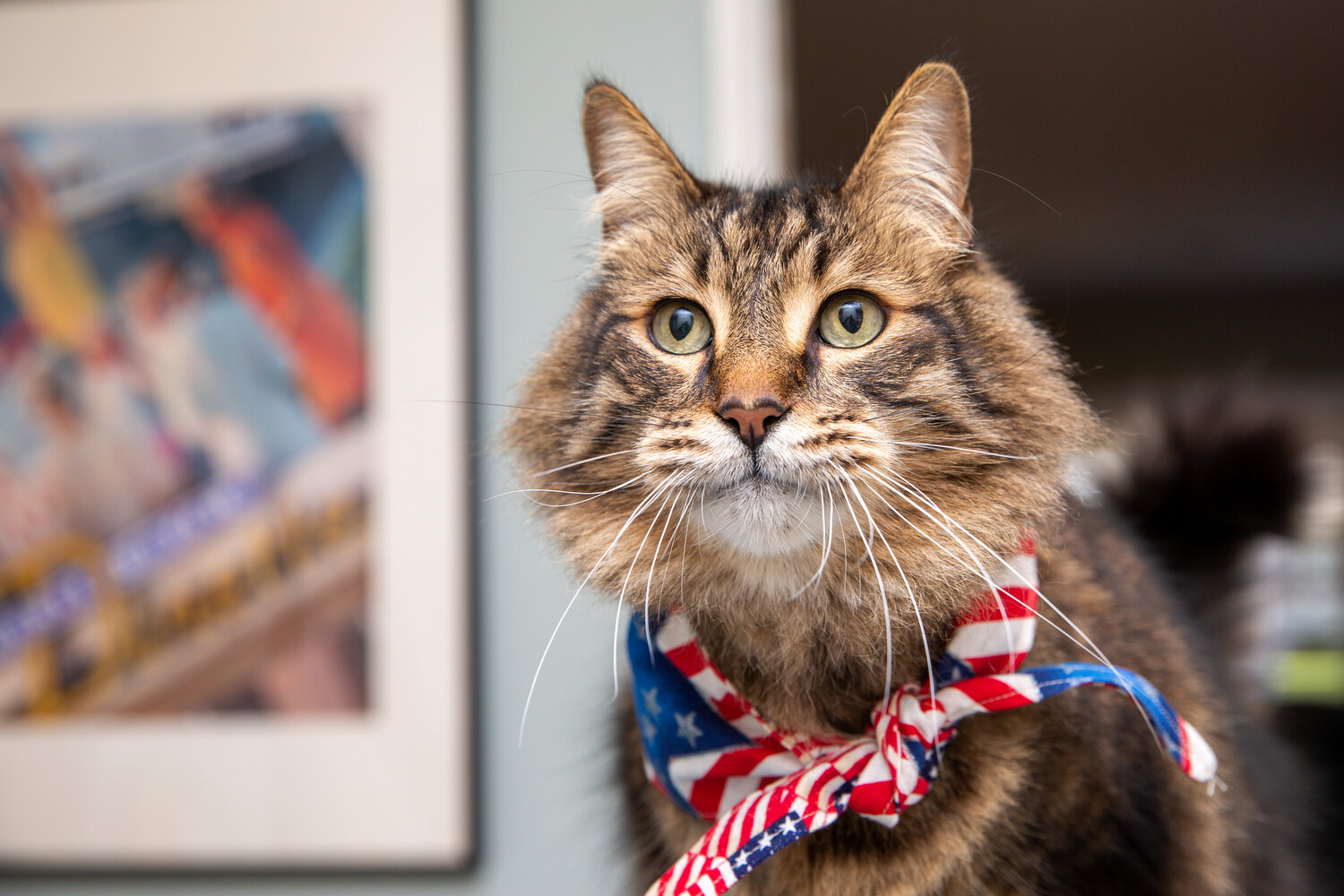The new study highlights the need for public health officials to ramp up bird flu surveillance in cats, which tend to have frequent contact with both wild animals and people, said Dr Suresh Kuchipudi, a veterinary microbiologist at the University of Pittsburgh and an author of the paper.
For months, the testing of cows and people for H5N1 has been limited, leaving experts in the dark about the true scale of the dairy outbreak. This month, the US Department of Agriculture announced that it would begin testing the national milk supply to help identify infected herds.
But officials have not addressed the need to expand monitoring of other farm animals, let alone household pets. The USDA is charged with monitoring livestock, and the Centers for Disease Control and Prevention takes the lead on disease surveillance in people, but no government agency is responsible for tracking companion animals.
“In the process of addressing the immediate problem – which is dairy farms and the milk as a food safety problem, and then human surveillance – we might be missing a much bigger, evolving story,” Kuchipudi said. “It may already have been happening in plain sight.”
He and his colleagues investigated the deaths of 10 cats at a home in South Dakota this spring. The cats lived outdoors but were considered pets. They displayed respiratory and neurological symptoms before they died.
Virus isolated from the cats closely resembled a version seen in cattle on a dairy farm 50 miles away. The dead cats were discovered with bird feathers nearby, suggesting that they became infected by eating wild birds that had carried the virus off the farm.
Bird flu viruses naturally latch on to a type of receptor found in birds, and seasonal flu viruses are more suited to a human-type receptor. Scientists typically worry most about pigs – which carry both types of receptors – as the ideal “mixing vessels” in which two flu viruses might swap genes.
But many other animals may host bird flu and seasonal flu viruses at the same time, said Richard Webby, an influenza expert at St Jude Children’s Research Hospital, who was not involved in the work.
Those species may vary in how likely they are to encounter both viruses and to pass pathogens on to people. “Cats seem to be a pretty good candidate,” Webby said.
The new study found that cats carry both types of receptors in their brains, lungs and gastrointestinal systems, meaning they can host both viruses. As the flu season picks up over the coming weeks, so do the odds of cats becoming simultaneously infected with H5N1 and a seasonal flu virus.
“The fact they don’t roam around in packs of dozens of animals might reduce likelihood of onward transmission,” Webby said. “But the risk does seem to be there.”
The current version of H5N1 has shown itself to be surprisingly promiscuous, infecting 90 species of birds and more than 20 mammalian species.
“This virus is doing all sorts of wonky things that we haven’t really thought of flu viruses doing,” said Tom Peacock, a virus expert at the Pirbright Institute in Britain who was not involved in the work.
“It’s just giving itself a lot of unusual opportunities” to pick up advantageous mutations, Peacock said.
Regardless of its potential for causing a pandemic, the virus poses a considerable health risk to cats. “Cats are victims, too,” said Kristen Coleman, an infectious disease researcher at the University of Maryland, who was not involved in the study.
The current version of H5N1 has a mortality rate of 67% in felines, Coleman reported in a review this year, which has not yet been published in a peer-reviewed journal.
Since late 2022, at least 53 domestic cats in the United States have been infected by the virus, according to the USDA. The cats may have become infected after preying on wild birds or by drinking raw milk from infected cows.
This article originally appeared in The New York Times.
Written by: Emily Anthes and Apoorva Mandavilli
Photographs by: Arin Yoon
©2024 THE NEW YORK TIMES





